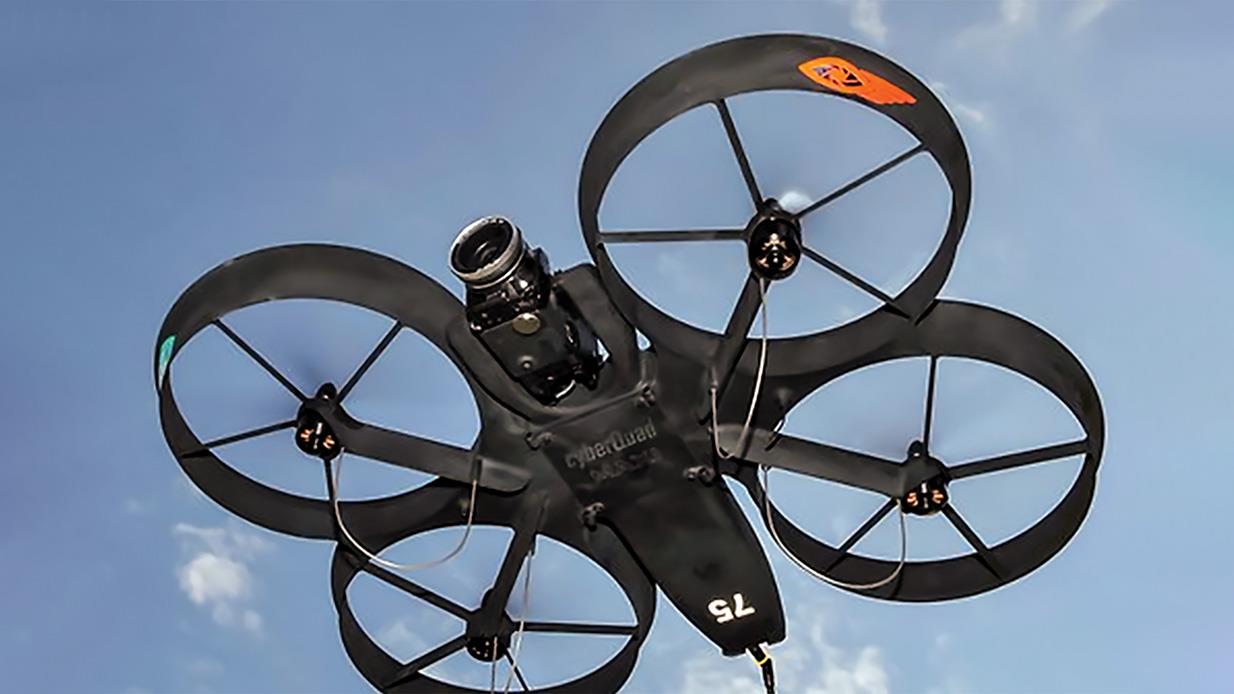Using Drones for Remote Oil Sampling
Tags: lubricant sampling

The use of unmanned aerial vehicles (UAVs), also known as drones, has increased exponentially in recent years due to the advances in materials, aeronautics and operating software. These advancements have allowed drones to be employed in a variety of applications and complete tasks that would be difficult, if not impossible, for people to accomplish.
Some companies are now exploring the concept of coupling this technology with non-destructive analytical tools such as infrared thermography, vibration sensors and even oil sampling systems. Obviously, the ability to examine assets in locations that would be financially prohibitive or even physically impossible to obtain data could prove quite valuable.


Examples of rotary-wing UAVs
Types of Drones
There are a number of drone manufacturers and price points that vary from hundreds of dollars to many thousands of dollars. There are also several different drone designs, including rotary-wing, fixed-wing, quadcopters and ducted-fan models. Each has its place in certain situations.
Rotary-wing drones generally are electric-powered, can support a payload of 15 to 20 pounds for 10 to 30 minutes, and offer vertical takeoff and landing. They are ideal for small-area operations of less than 80 acres, such as infrastructure inspections, sporting events, real-estate photography, etc.
Fixed-wing drones also are often electric-powered, are capable of long-duration flight, and can carry multiple payloads. The ducted-fan drone is more robust and efficient. It has a greater speed range and provides a maximum payload in a compact, hovering platform. Keep in mind that hovering is critical for up-close inspections.
Oil Sampling Case Study
One manufacturer recently encountered a problem when attempting to perform oil sampling in a difficult-to-reach application – wind turbines. These applications can be quite challenging because of their location.
Gear oil that lubricates a wind turbine system is rarely changed out due to the difficulty of replacing 50-plus gallons of oil a few hundred feet above the ground. However, unmanned aerial vehicles have proven to be the perfect solution in this situation.
Only recently has the concept of using drones for remote oil sampling become viable due to a combination of ducted-fan technology, aerial sampling booms with magnetic sample ports and evacuated vacuum sample bottles with servo-activated sample valves.
The type of drone used in this instance was an electric, ducted-fan UAV engineered to navigate indoors, outdoors and in tight spaces. In addition to offering significant lift, the duct provides added safety by shrouding the high-speed fan.
With this design, there is no opportunity for the blade to contact an asset or a person, which allows for close examination of the asset. The vehicle can also carry various payloads to meet customer requirements.
These types of soccer-ball-sized units are capable of vertical takeoff and hovering flight. Their ducted-fan architecture allows them to be compact, easy to deploy and cost-effective.
With a range of just more than one-half mile, these systems can be used with navigation and a wireless data link or a tethered link for unlimited flight time. They can also incorporate real-time data transfer, including video, infrared, ultrasonic and vibration information.

A ducted-fan UAV
As this remote sampling project continues, more research is being conducted with a review of all current technical and consulting organizations, distributors, state organizations and educational institutions.
Methodologies and tools also will need to be created to refine precision sampling, as well as to assess and analyze the best practices and risks.
Work is now underway to utilize the functionality of UAVs for more than just remote oil sampling. Coupling other monitoring devices is no longer on the horizon but is already being developed.
As the world of condition monitoring evolves, using drones to pull an oil sample is just another example of applying high-tech tools to understand and monitor an asset’s condition.